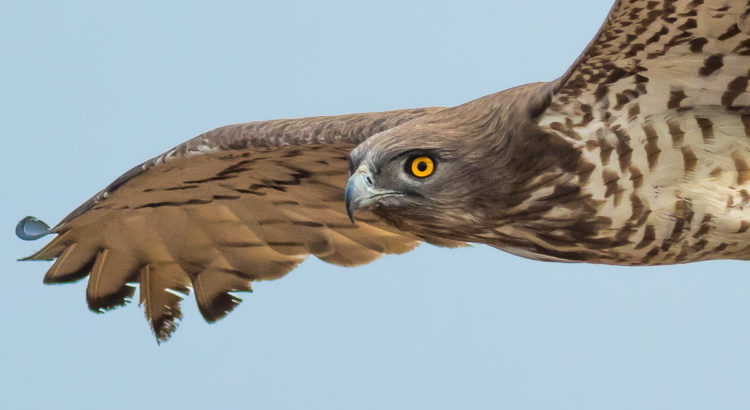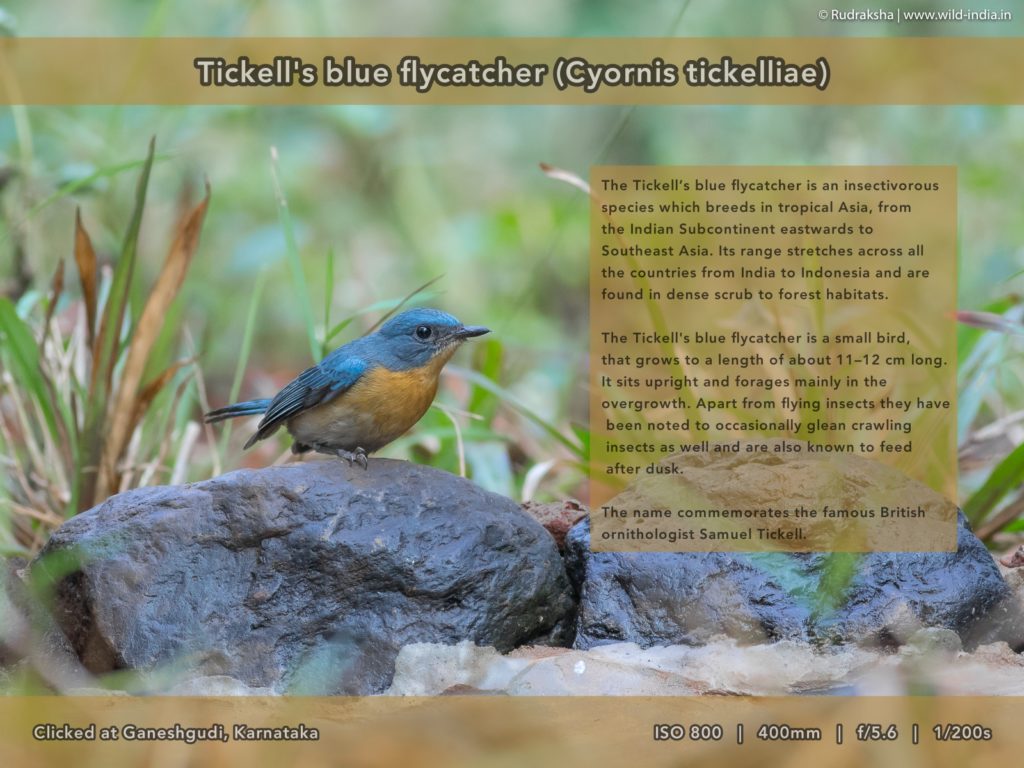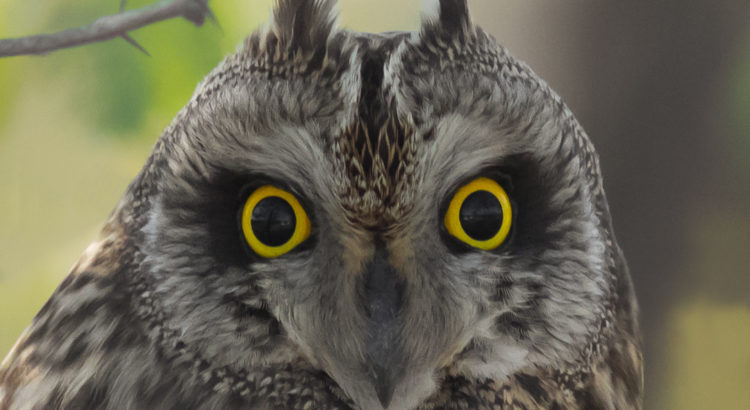Being one of our favourite bird-watching destinations, we never miss out on Little Rann of Kutch and so was the case this year as well. We got some lovely sightings of over 100 species of birds along with some lovely photographic opportunities to capture species like Short-eared Owl, Montagu’s & Pallid Harriers, Dalmatian & Great White Pelicans, Greater & Lesser Flamingos, Greater Spotted, Steppe & Eastern Imperial Eagles and the endemic Indian Wild Ass.
Category: birds

Short-toed Snake Eagle
Short-toed Snake Eagle (Circaetus gallicus)
The Short-toed Snake Eagle is a medium sized bird of prey found in open cultivated plains, arid stony deciduous scrub areas and semi-desert areas across Russia, Middle-east and Asia.True to its name, it primarily feeds on snakes, however is also known to feed on lizards and occasionally on small mammals like hares. It does much of its hunting from heights of up-to 500 meters and can be seen hovering like a Common Kestrel in open grasslands.




Their life span is around 17 years. During breeding, they lay only 1 egg. As per IUCN v3.1, it attains a current status of “Least Concern“, however a steep decline has been observed in their population owing to changing landscape due to development and agriculture.
Oriental Honey Buzzard (Pernis ptilorhynchus)
The Oriental Honey Buzzard (Pernis ptilorhynchus) is a bird of prey in family – Accipitridae which also includes many other diurnal raptors such as kites, eagles and harriers. Contrary to its name, the species is taxonomically more closer to Kites than Buzzards as it has a small head and soars on flat wings. It has a short head crest and hence is also known as the Crested Honey Buzzard.

Oriental Honey Buzzards are specielist feeders, i.e. they mainly survive on the larvae of social bees and wasps, also eating bits of comb and honey. They are known to feed on other small insects like the cicadas.
This raptor species is also known to have a variety of plumages (over 15) which makes them difficult to identify. One of the best pointers to identify this species is their small (pigeon-like) head and flat winged flight while soaring.
Camera gear & EXIF:
– Canon EOS 7d Mark II with Canon EF 400mm f/5.6L USM Lens
– ISO: 160
– Focal length: 400mm (640mm in 35mm equivalent)
– Aperture: f/6.3
– Shutter speed: 1/800 seconds
Tickell’s blue flycatcher (Cyornis tickelliae)
The Tickell’s blue flycatcher (Cyornis tickelliae) is an insectivorous species which breeds in tropical Asia, from the Indian Subcontinent eastwards to Southeast Asia. Its range stretches across all the countries from India to Indonesia and are found in dense scrub to forest habitats.

The Tickell’s blue flycatcher is a small bird, that grows to a length of about 11–12 cm long. It sits upright and forages mainly in the overgrowth. Apart from flying insects they have been noted to occasionally glean crawling insects as well and are also known to feed after dusk.
The name commemorates the British ornithologist Samuel Tickell.
Camera gear & EXIF:
– Canon EOS 7d Mark II with Canon EF 400mm f/5.6L USM Lens
– ISO: 800
– Focal length: 400mm (640mm in 35mm equivalent)
– Aperture: f/5.6
– Shutter speed: 1/200 seconds
